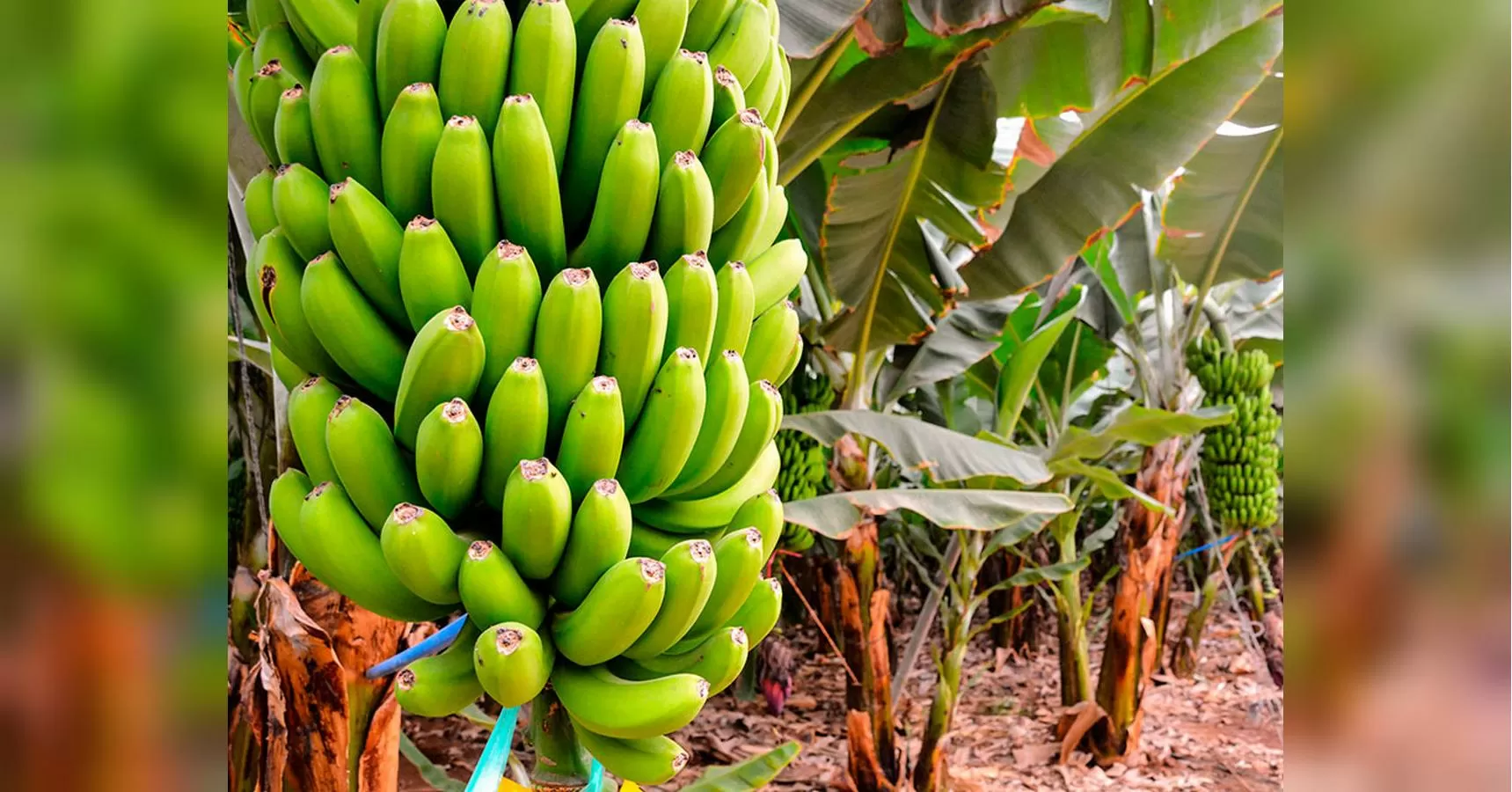Whole Plantations of Popular Species are Disappearing Due to Disease
In recent years, there has been a concerning trend in the agricultural industry — entire plantations of popular species are disappearing due to disease. This is a devastating blow to farmers and consumers alike, as these plants not only provide a source of income for farmers, but also play a crucial role in our food supply. The loss of these plantations not only affects the economy, but also has a ripple effect on the environment and our daily lives.
One of the most affected crops is the banana. Bananas are one of the most popular fruits in the world, with over 100 billion consumed annually. However, a deadly fungus known as Panama disease has been wreaking havoc on banana plantations across the globe. This disease, caused by the fungus Fusarium oxysporum f. sp. cubense (Foc), attacks the roots of the banana plant, preventing it from absorbing water and nutrients. This leads to the plant wilting and eventually dying.
The impact of Panama disease on banana plantations has been devastating. In the 1950s, the Gros Michel variety of bananas, which was the most popular at the time, was almost completely wiped out by the disease. This led to the rise of the Cavendish variety, which is now the most widely grown banana in the world. However, history seems to be repeating itself as the Cavendish bananas are now facing the same fate as the Gros Michel. In fact, it is estimated that the Cavendish variety could be completely wiped out within the next 10 years if a solution is not found.
But it’s not just bananas that are being affected. Other popular crops such as citrus fruits, coffee, and cocoa are also facing similar threats from diseases. Citrus greening, also known as Huanglongbing (HLB), is a bacterial disease that affects citrus trees, causing them to produce small, bitter fruits and eventually killing the tree. This disease has caused a decline in citrus production in many countries, including the United States, Brazil, and China.
Coffee rust, a fungal disease, has also been causing havoc in coffee plantations. This disease attacks the leaves of the coffee plant, causing them to wither and fall off. This not only affects the current harvest, but also reduces the plant’s ability to produce future crops. In the past decade, coffee rust has caused an estimated $1 billion in damages and has affected over 70% of coffee farms in Central America.
The cocoa industry is also facing a major threat from a fungal disease called witches’ broom. This disease causes the cocoa trees to produce small, unripe pods, resulting in a decrease in cocoa production. In the 1990s, witches’ broom caused a 70% decline in cocoa production in Brazil, and it continues to be a major problem in other cocoa-producing countries such as Ghana and Indonesia.
The loss of these plantations not only affects the farmers who rely on these crops for their livelihood, but also has a significant impact on the global economy. These crops are major exports for many countries, and the decline in production can lead to a decrease in revenue and job losses. In addition, the loss of these crops can also lead to an increase in prices for consumers, making these once-affordable fruits and commodities out of reach for many.
The environmental impact of these disappearing plantations is also a cause for concern. These crops play a crucial role in maintaining biodiversity and providing habitats for various species. The loss of these plantations can lead to a decrease in biodiversity and have a negative impact on the ecosystem.
So, what can be done to prevent the disappearance of these plantations? The first step is to increase awareness about these diseases and their impact on the agricultural industry. Farmers need to be educated on how to prevent and manage these diseases, and governments need to provide support and resources to help them do so. In addition, research and development into disease-resistant varieties of these crops is crucial in finding a long-term solution.
As consumers, we can also play a role in supporting sustainable and disease-resistant farming practices. By choosing to buy from farmers who use these practices, we can help create a demand for healthier and more resilient crops.
In conclusion, the disappearance of entire plantations of popular species due to disease is a serious issue that needs to be addressed. It not only affects the economy and the environment, but also has a direct impact

